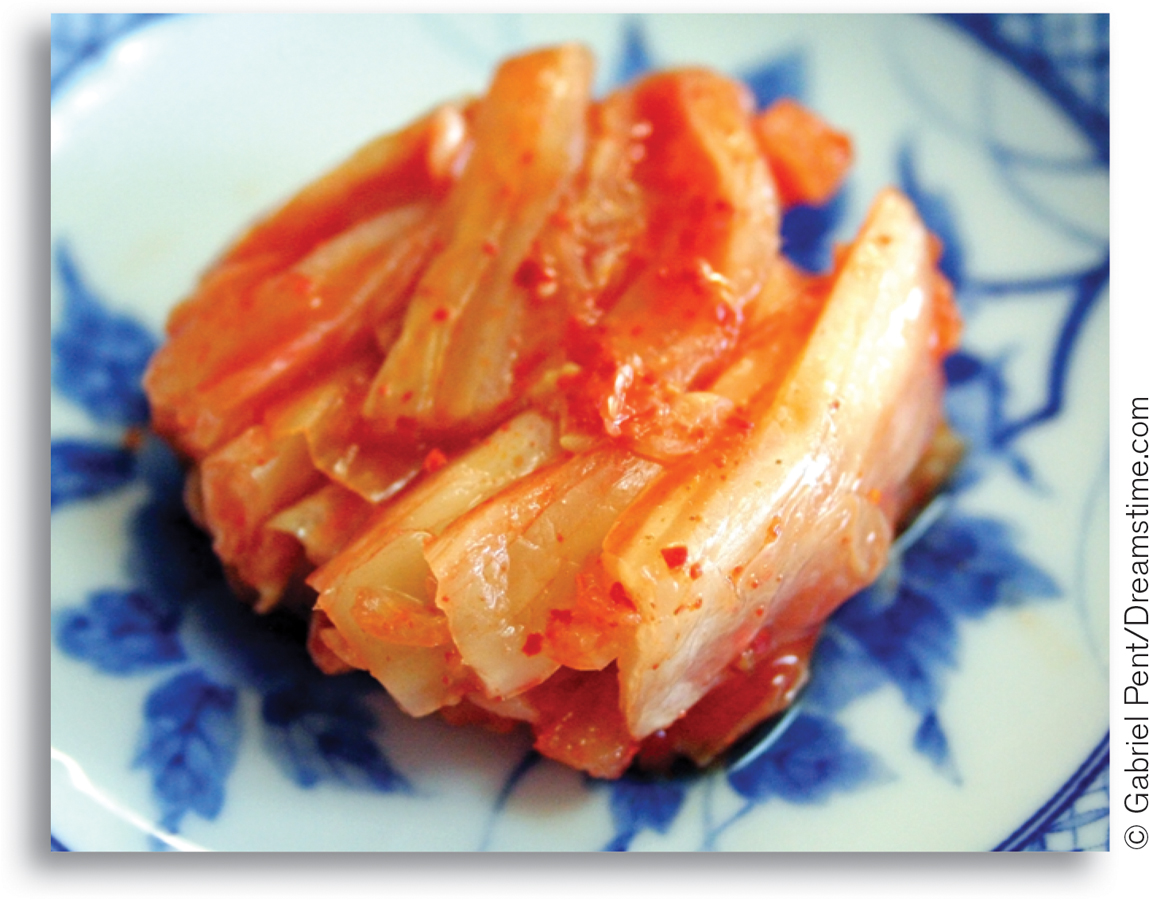Free Entry and Exit
All perfectly competitive industries have many producers with small market shares, producing a standardized product. Most perfectly competitive industries are also characterized by one more feature: it is easy for new firms to enter the industry or for firms that are currently in the industry to leave. That is, no obstacles in the form of government regulations or limited access to key resources prevent new producers from entering the market. And no additional costs are associated with shutting down a company and leaving the industry.
An industry has free entry and exit when new producers can easily enter into an industry and existing producers can easily leave that industry.
Economists refer to the arrival of new firms into an industry as entry; they refer to the departure of firms from an industry as exit. When there are no obstacles to entry into or exit from an industry, we say that the industry has free entry and exit.
Free entry and exit is not strictly necessary for perfect competition. In Chapter 5 we described the case of Alaskan crab fishing, where regulations place a quota on the amount of Alaskan crab that can be caught during a season, so entry is limited to established boat owners that have been given quotas. Despite this, there are enough boats operating that the crab fisherman are price-
To sum up, then, perfect competition depends on two necessary conditions. First, the industry must contain many producers, each having a small market share. Second, the industry must produce a standardized product. In addition, perfectly competitive industries are normally characterized by free entry and exit.
!worldview! FOR INQUIRING MINDS: What’s a Standardized Product?
A perfectly competitive industry must produce a standardized product. But is it enough for the products of different firms actually to be the same? No: people must also think that they are the same. And producers often go to great lengths to convince consumers that they have a distinctive, or differentiated, product, even when they don’t.

Consider, for example, champagne—
Similarly, Korean producers of kimchi, the spicy fermented cabbage that is the Korean national side dish, are doing their best to convince consumers that the same product packaged by Japanese firms is just not the real thing. The purpose is, of course, to ensure higher prices for Korean kimchi.
So is an industry perfectly competitive if it sells products that are indistinguishable except in name but that consumers, for whatever reason, don’t think are standardized? No. When it comes to defining the nature of competition, the consumer is always right.
How does an industry that meets these three criteria behave? As a first step toward answering that question, let’s look at how an individual producer in a perfectly competitive industry maximizes profit.
ECONOMICS in Action: Paid to Delay
Paid to Delay
Sometimes it is possible to see an industry become perfectly competitive. In fact, it happens frequently in the case of pharmaceuticals when the patent on a popular drug expires.
When a company develops a new drug, it is usually able to receive a patent, which gives it a legal monopoly—the exclusive right to sell the drug—

When the patent expires, the market is open for other companies to sell their own versions of the drug, known collectively as generics. Generics are standardized products, much like aspirin, and are often sold by many producers. On average, a generic drug costs about 15% of the price of the equivalent patent-
Not surprisingly, the makers of patent-
The defenders of pay-
Quick Review
Neither the actions of a price-
taking producer nor those of a price- taking consumer can influence the market price of a good. In a perfectly competitive market all producers and consumers are price-
takers. Consumers are almost always price- takers, but this is often not true of producers. An industry in which producers are price- takers is a perfectly competitive industry. A perfectly competitive industry contains many producers, each of which produces a standardized product (also known as a commodity) but none of which has a large market share.
Most perfectly competitive industries are also characterized by free entry and exit.
12-1
Question 12.1
In each of the following situations, do you think the industry described will be perfectly competitive or not? Explain your answer.
There are two producers of aluminum in the world, a good sold in many places.
The price of natural gas is determined by global supply and demand. A small share of that global supply is produced by a handful of companies located in the North Sea.
Dozens of designers sell high-
fashion clothes. Each designer has a distinctive style and a loyal clientele. There are many baseball teams in the United States, one or two in each major city and each selling tickets to its hometown events.
Solutions appear at back of book.